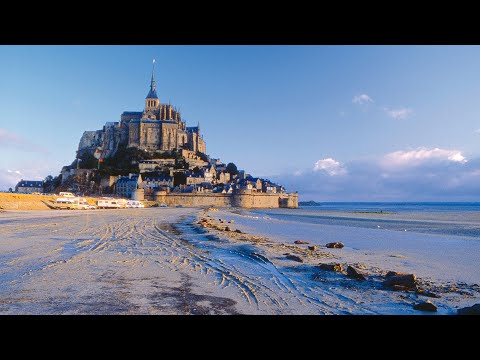
Normandy, a region in the northern part of France, is a place where the echoes of the past blend dramatically with the pulse of the present. Known for its lush landscapes, dramatic coastlines, and rich culinary traditions, Normandy holds a significant place in history due to its role during World War II. Despite the scars left by conflict, this region has flourished into a vibrant and dynamic area full of life.
### Historical Significance
The most pivotal event in Normandy’s recent history is undoubtedly the D-Day landings on June 6, 1944. This day marked a turning point in World War II as thousands of Allied troops landed on its beaches in an operation known as Overlord. The beaches—Utah, Omaha, Gold, Juno, and Sword—saw some of the fiercest fighting of the war and remain hallowed ground to this day.
The remnants of these battles are still visible across Normandy. From bomb-scarred landscapes to preserved bunkers and memorials dotting the coastline, each tells a story of bravery and tragedy. The American Cemetery at Colleville-sur-Mer overlooks Omaha Beach and serves as a solemn reminder of the over 9,000 American soldiers who lay resting there.
### Cultural Resilience
Despite this heavy history, Normandy has not only recovered but thrived. Its residents have carefully balanced preserving memory with promoting growth and vitality. This resilience is evident through its bustling towns like Rouen with its Gothic architecture including the famous Notre-Dame Cathedral which showcases centuries-old craftsmanship that survived numerous wars.
Local festivals such as Festival Normandie Impressionniste celebrate regional culture through art exhibitions inspired by impressionist painters like Claude Monet who was enchanted by Normandy’s unique light. This festival not only honors artistic heritage but also showcases modern creativity further demonstrating that despite historical adversities, culture prevails.
### Gastronomic Delights
Normandy’s culinary landscape is dominated by its lush pastures and maritime riches which are all integral to its identity. It is famous for products such as Camembert cheese—whose creamy texture is celebrated worldwide—and Calvados apple brandy that warms many a heart during cold Norman winters.
The region’s cuisine reflects both simplicity and sophistication with dishes based around apples, dairy products, and seafood being staples on local menus. Food enthusiasts can explore local markets filled with fresh produce or enjoy dining at Michelin-starred restaurants that fuse traditional flavors with modern techniques.
### Tourism Today
Today’s Normandy attracts millions of visitors not only drawn by its historical significance but also by its natural beauty and vibrant cultural scene. The cliffs at Étretat offer breathtaking views that have inspired artists for generations while Monet’s gardens at Giverny continue to attract art lovers from around the globe seeking inspiration from his colorful canvases brought to life.
Moreover, emerging sectors like sustainable tourism are gaining traction here as evidenced by eco-friendly accommodations and practices that aim to preserve this verdant landscape for future generations while educating visitors about environmental conservation efforts within tourism contexts.
### Conclusion
Normandy demonstrates incredible duality: it is both a solemn keeper of history’s darkest hours yet also a beacon of growth and cultural richness. Its ability to embrace these contrasting identities makes it an endlessly fascinating destination where every corner tells a story—a testament to human endurance against adversity while celebrating life’s unceasing vibrancy.
Whether you seek silent reflection along windswept beaches or lively exploration through bustling streets alive with color and flavor; Normandy offers an enriching journey through both time and joy inviting all who visit to discover not just histories written but futures imagined.
